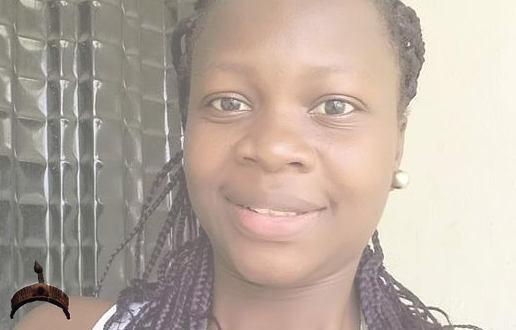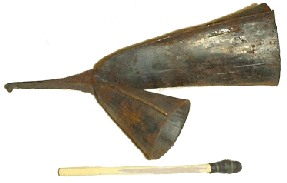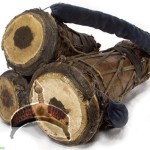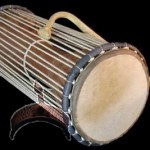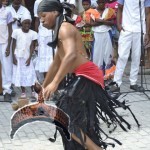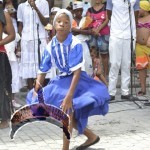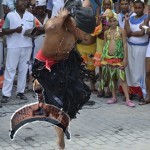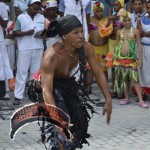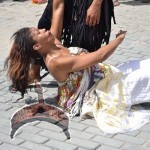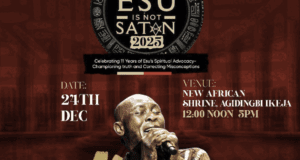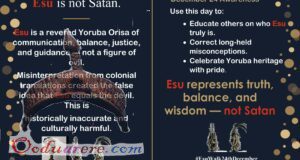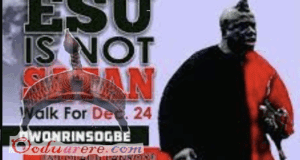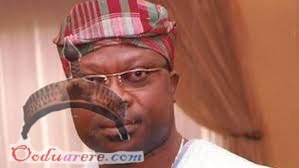My name is Egbelade Omitonade Ifawemimo. I practice African Traditional Religion, Yemoja worshipper. I am Yemoja priestess which also versed in Ifa, Researcher, Theologian. I am a graduate of Obafemi Awolowo University where I studied Economics Education, Ile Ife, Osun State. I am from Ibadan, Oyo State, Nigeria.
In Yoruba culture, songs and dance have so much importance to religious worship and spirituality. All Orisas holds particular importance in dance and songs. And Worship in African Traditional Religion take the form of rites and ceremonies and include prostrating, praying, invoking, and making offerings. Sounding the bell or gong, singing, drumming, and dancing as occasion demands. Song and dance come up under liturgy. Liturgy therefore, is an important element of worship in African Traditional Religion.
In Orisa Worship, the presence of dance as a way of reenacting spirituality and songs as a way of reverence to the power of Olodumare and Orisas are essential to the worship of Orisas. Each Orisa is identified with drum ensemble, songs and dance styles. Also, every Orisa has unique dance movement that reflects its attributes as we have different drums for each Orisa. That is, the musical instruments used for each Orisa is different. The musical instrument for Sango and Yemoja is bata, Ifa is for Agogo and other Orisas is Dundun.
Songs enhance emotional and physical participation in the act of worship and often lead to ecstatic experiences. During worship when the singing and dancing penetrate wholly into every being of the worshipper, spirit possession may follow and the possessed devotee may give message from the divinity (as a vehicle of communication btw us and orisa) lighter songs may occur during the ritual. Also certain songs dedicated to the divinities are song in their honour as occasion demand. These songs are rendered to show the qualities and nature of the particular divinity. The characteristics of the divinity are also revealed through songs rendered during worship. The officiating priests never forget the order in which they should be sung.
Above photos from the Havana Times article Dance Rituals of the Yoruba Religion
Dancing on the other hand is no less prominent during worship than songs. There is therefore a place for dancing in the rituals especially during the sacred day worship and during the annual festival celebration. The dances take definite form, depending on the divinities to which the offerings are made. The dances which are ritualistic in nature is more emotional responses to the rhythm of music, they are symbolic and revealed something sacred. Most of the dance are fixed patterns and must be done correctly. Which foot goes forward first, which movement of the hand and body accompanying it, which turns are taken next, and how many times each component of the pattern is to be repeated; all these must be carefully observed.
In conclusion, When the musical instruments are played and danced to, it brings spiritual inspiration and relief to man.
 Ọmọ Oòduà Naija Gist | News From Nigeria | Entertainment gist Nigeria|Networking|News.. Visit for Nigeria breaking news , Nigerian Movies , Naija music , Jobs In Nigeria , Naija News , Nollywood, Gist and more
Ọmọ Oòduà Naija Gist | News From Nigeria | Entertainment gist Nigeria|Networking|News.. Visit for Nigeria breaking news , Nigerian Movies , Naija music , Jobs In Nigeria , Naija News , Nollywood, Gist and more

